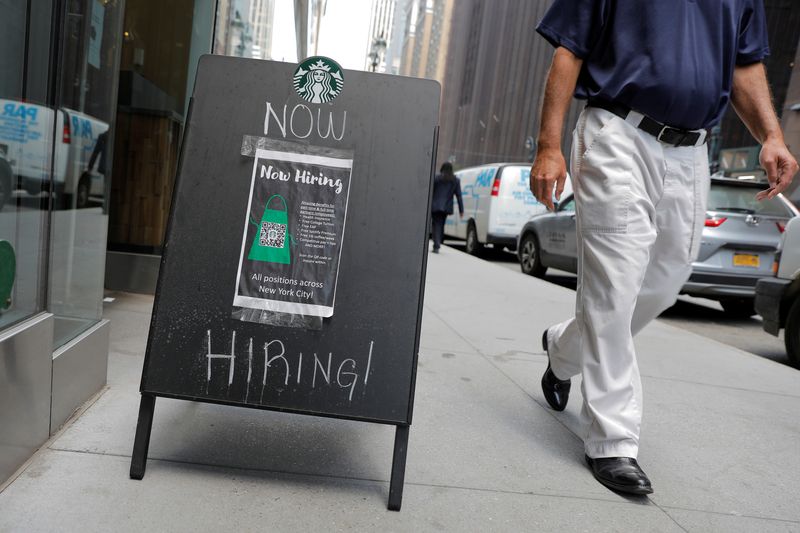Investing.com -- The US economy added far fewer jobs than anticipated in an October, although the figures were impacted by devastating recent hurricanes and ongoing labor actions.
Nonfarm payrolls rose by 12,000 during the month, falling from a downwardly revised 223,000 in September. Economists had expected a reading of 106,000.
The Labor Department noted that it was the first survey collected since Hurricanes Helene and Milton smashed into the US Southeast, causing severe damage in the region. However, officials were not able to say exactly how much the storms dented the jobs report.
"It is likely that payroll employment estimates in some industries were affected by the hurricanes; however, it is not possible to quantify the net effect on the over-the-month change in national employment, hours, or earnings estimates because the establishment survey is not designed to isolate effects from extreme weather events," the Labor Department said in a statement.
Elsewhere, employment in the manufacturing sector in particular declined by 46,000, with 44,000 of that decrease linked to "strike activity." Notably, more than 30,000 workers at aerospace giant Boeing (NYSE:BA) in the US West Coast were on strike in October, but hopes were heightened on Friday that the stoppage could soon come to an end after the union representing the employees endorsed a new pay deal.
The overall unemployment rate came in at 4.1%, matching both the prior month's rate and economist projections. Average hourly earnings also ticked up by 0.4% from a downwardly revised 0.3%.
"The [...] number should be taken with a giant grain of salt given myriad disruptions [...] while other labor indicators [...] point to relatively healthy employment conditions," analysts at Vital Knowledge said in a note.
Separate economic data this week showed that private payrolls were stronger than anticipated in October, while the amount of Americans filing for first-time unemployment claims dipped to a five-month low. A resilient labor market picture, along with inflation that seems to be on a downward path, have combined to bolster consumer spending -- a crucial driver of the US economy.
Following the figures, markets have largely stuck to bets that the Fed will roll out more interest rate reductions at its final two meetings this year. The central bank slashed rates by an outsized 50 basis points in September to the new range of 4.75% to 5%, citing a desire to bolster the labor market during a time of waning price pressures.
Meanwhile, the data points are some of the final economic indicators Americans will receive before the Nov. 5 presidential election. Polls point to a tight race, with the state of economy front of mind for many voters.
Advance data from the Commerce Department earlier this week showed gross domestic product (GDP) in the world's largest economy rose by 2.8% in the July-September period. Economists had predicted GDP would match the second quarter's pace of 3.0%.
The quarter-on-quarter slowdown was primarily a reflection of a dip in private inventory investment and a bigger decline in residential fixed investments, although these trends were partly offset by an acceleration in exports and consumer spending, according to the Commerce Department.
